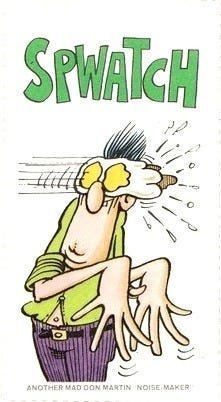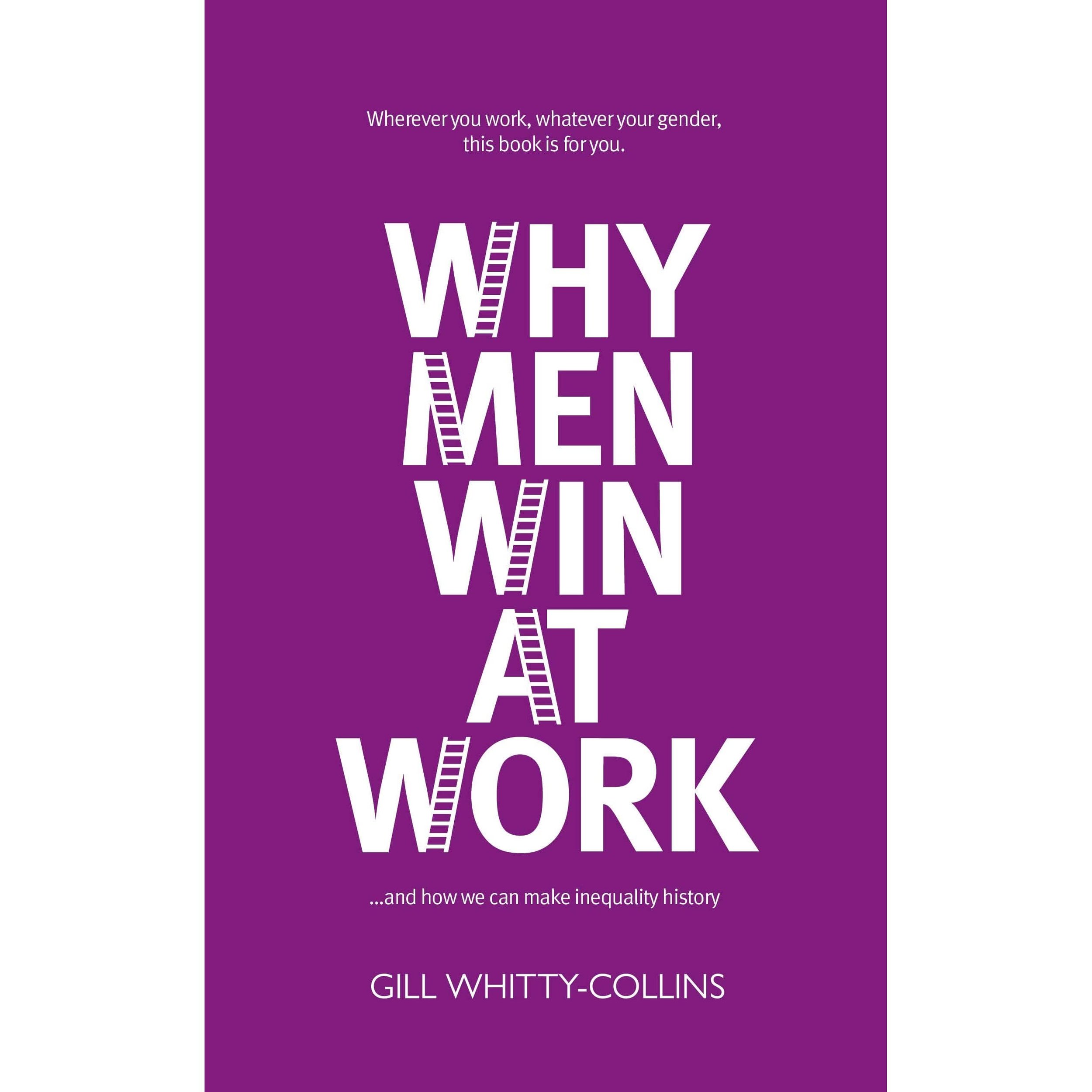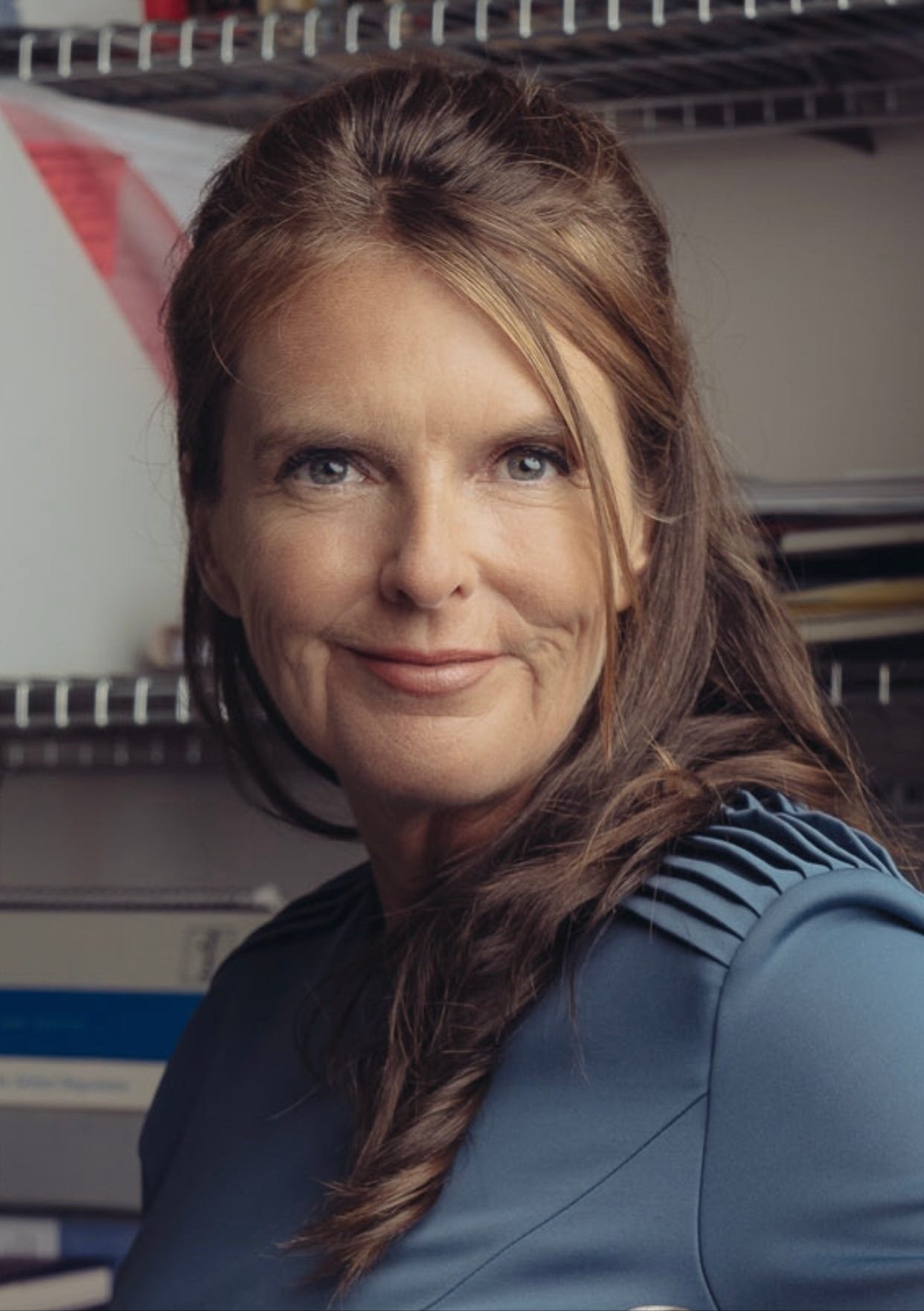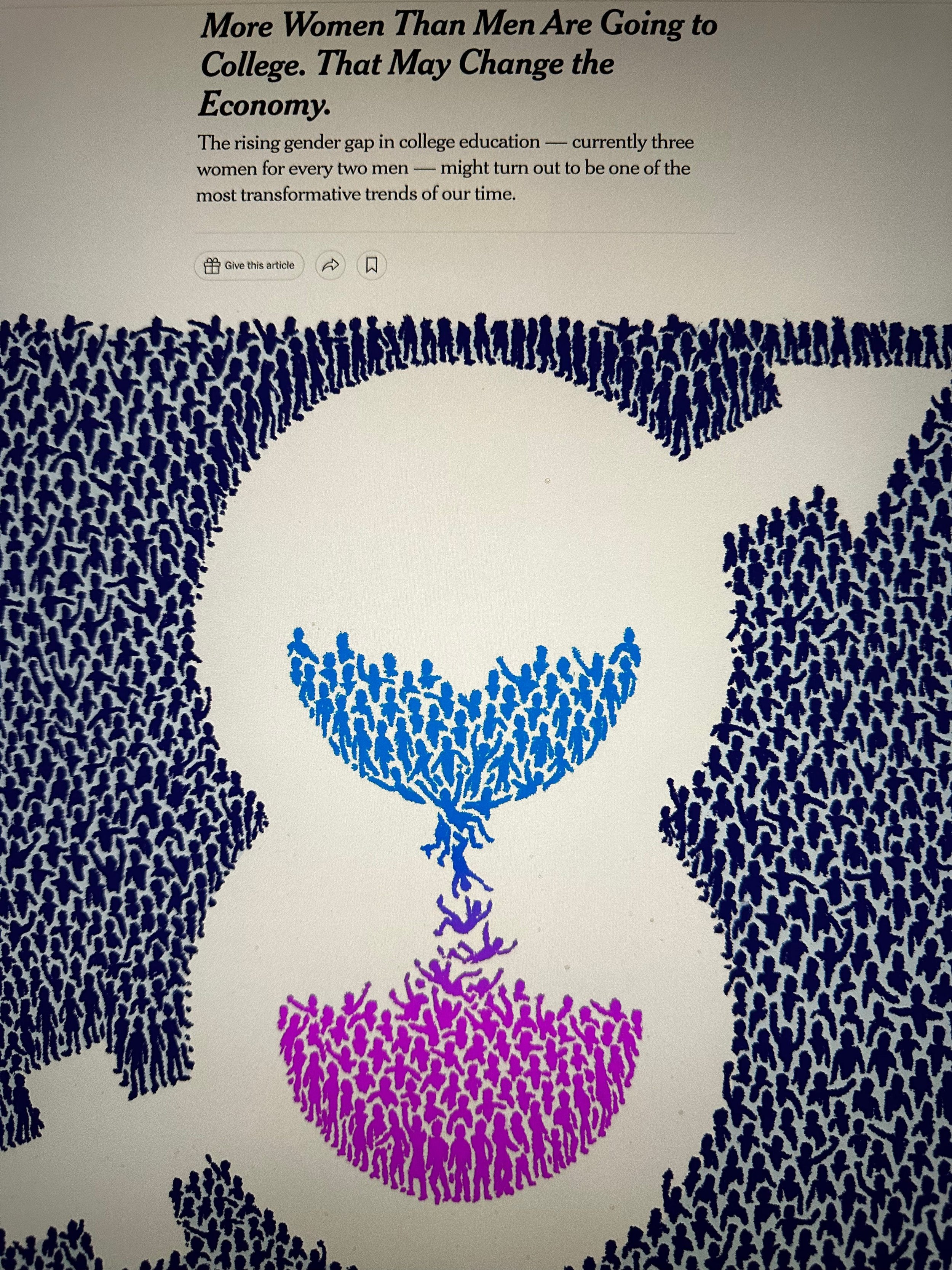Community.
Photography by Michael Kenna
In her book Retirement and Its Discontents, Michelle Pannor Silver’s research reveals that for millions of people work is much more than output or income they generate. It is a source of meaning and social identity. It is where they feel intellectually stimulated and can express their creative selves. It is where they feel a sense of community and connection.
If organizations lose these attributes, they will struggle to attract and retain the best talent. Admittedly, this is a challenge when they feel in a mad competitive scramble and think that only by devoting all their time and money to data, measurement, and the like can they survive. At the same time, they need to find a middle ground, a place where they make room for story, for meaning and identify. If they lose these crucial elements, what does it matter that they can measure stuff in nanos?
Photography by Michael Kenna
The Importance of Community at Work.
People are looking for work to provide a sense of community as never before. In a Harvard Business Review article, Lori Goler, and her colleagues identified three factors as necessary for job satisfaction: career, community, and cause: “Community is about people; feeling respected, cared about and recognized by others. It drives our sense of connection and belongingness.”
You might think that community is only important to certain types of people holding certain types of jobs in certain countries. Goler, however, found that community (as well as the two other factors) transcend types. In fact, on a 5.0 scale, engineers rated the importance of community as 4.18—a surprisingly high rating from a group that is often thought of as idiosyncratic loners.
Think about community as a forum for storytelling in the broadest definition of that term. In any organization where people have a strong sense of community, they also are constantly telling and listening to stories—stories about the behavior of bosses, about the machinations of teams, about the heroic efforts of one leader and the villainous actions of another. More than that, stories about the organization reside in all employees’ heads.
A major merger with a competitor a few years ago is analogous to a historical treaty signing between formerly warring nations—this event and everything that led up to it is embedded in people’s consciousness.
The multiple stories of an organizational community provide people with common language, ideas, and personalities, offering a narrative of which they are a part. As Goler asserts, community fosters a sense of “connection and belongingness,” and these positive attributes emanate from the ongoing organizational story.
Photography by Michael Kenna
The Loss of Deep Engagement.
Companies used to talk about their people as family. In the wake of downsizing and in workplaces where people work remotely, travel constantly, and change jobs frequently, family no longer seems an appropriate term. But should workplaces be the opposite of family—impersonal environments where people measure their satisfaction by the size of their paycheck and bonus?
To address this question, let’s start with the highly influential paper“Measuring Meaningful Work,” which examines several studies and concludes that this type of work is aligned with passion and seen as a higher calling; growth in a job and making a difference in the world represents a greater purpose than income.
Similarly, CEO Tony Schwartz identifies twelve attributes of a great workplace and notes that a key to these attributes is standing “for something beyond simply increasing profits. Create products or provide services or serve causes that clearly add value in the world, making it possible for employees to derive a sense of meaning from their work, and to feel good about the companies for which they work.”
Most organizational leaders probably agree with these notions of meaningful work, at least in the abstract. Yet, many don’t create the necessary conditions. Willis Towers Watson, a global advisory firm, found that two out of three workers were not fully engaged at work, with almost one-fifth completely disengaged.
“The most significant factors relate to how their supervisors support them on the job, their levels of stress and the severity of their workloads. For the detached, by contrast, company leadership stood as the focal point. Detached workers lack an emotional connection to the organization, stemming from feelings that they do not work for a company with strong values, clear vision, and a leadership team that takes employees’ interests and needs into account”
Photography by Michael Kenna
Architecting Emotional and Physical Landscapes.
Organizations possess a lot of physically and emotionally detached workers these days. Think of it from a landscape perspective. There’s the physical landscape of homes, offices, off-site meeting spaces, and so on.
There’s also the emotional landscape of relationships with bosses and fellow employees.People feel spaces and connections both emotionally and physically, and therefore sculpting environments are key for establishing meaning and purpose. These spaces whether they be emotional or physical (whether it be an office, an event or an off-site) where the culture of a company is created and sustained.
In these spaces, stories are told; stories about values as relates to customers, employees, communities, and shareholders. Stories about the company’s founders, how it was founded, and why it exists beyond creating products and services. Stories that employees create as they find purpose and growth and meaning.
These stories are lost, or at least diminished, when people fail to get together in-person on a regular basis or fail to feel emotionally safe to speak up and share stories. When they’re enmeshed in data, working remotely, transfixed by screens and not fully present for other reasons, people don’t tell or hear the stories that imbue the workplace with meaning.
Companies will need to combine working from home, the office, events and experiences in different ways for differently experienced people and jobs to balance the benefits of distributed and in-person interaction. They will not be a single model for every firm or level and in the differences will be the challenge and where the magic of managing will lie.
Photography by Michael Kenna
Robots Compute. People Dream.
At a time when people change jobs with almost the same regularity with which they change their passwords, community keeps people loyal to their organizations. More than that, in a volatile, uncertain world of work, it provides certainty and satisfaction. We need to be aware that in our rush toward all things digital, we’re endangering this sense of community.
In author Don DeLillo’s landmark novel Underworld, he writes:
I was driving a Lexus through a rustling wind. This is a car assembled in a work area that’s completely free of human presence. Not a spot of mortal sweat, except, okay, for the guys who drive the product out of the plant—allow a little moisture when they grip the wheel. The system flows forever onward, automated to priestly nuance, every gliding movement back- referenced for prime performance. Hollow bodies coming in endless sequence. There’s nobody on the line with caffeine nerves or a history of clinical depression. Just the eerie weave of chromium alloys carried in interlocking arcs, block iron and asphalt sheeting, soaring ornaments of coachwork fitted and merged. Robots tightening bolts, programmed drudges that do not dream of family dead.
This paragraph has stayed with me for a long time, particularly these three
lines:
Hollow bodies coming in endless sequence.
There’s nobody on the line with caffeine nerves or a history of clinical depression.
Robots tightening bolts, programmed drudges that do not dream of family dead.
All industries are becoming increasingly automated. While DeLillo’s book described robots in an auto plant, we now see robots of some type nearly everywhere.
With the dawning of AI, the rise of intelligent objects with the Internet of Things, and new interfaces such as voice, A/R and V/R we will see our workplaces augmented, encrusted, and infested with machines of every type.
In today’s distributed workplace, where we interact across screens with machines that spew data that is collated and compiled by computers, how do we maintain a sense of community?
Messiah Karma.
During the past two weeks a few “Messianic” figures have imploded or are in complete melt down mode.
Kanye West in the world of music whose business and reputation have cratered as he went on a verbal rant of great rage.
Sam Bankman-Fried the CEO of FTX who transformed from being a face and savior of the crypto industry to losing most of his wealth overnight and potentially facing jail time for fraud.
And then there is Elon.
While Kanye and Sam have imploded we are viewing the rapid decaying of Elon Musk who is running a master class on value and reputation destruction one tweet at a time.
And further afield in Russia is Mr Putin who is destroying lives, economies and reputation at the end of a long long table.
A Messiah or God Complex
What is a Messiah Complex?
From Wikipedia :A messiah complex is a state of mind in which an individual holds a belief that they are destined to become a savior today or in the near future.
What triggers a God complex?
It can manifest as a justification to behave a certain way or take a particular course of action that is unethical and even dangerous. Similar to many other mental disorders, the exact cause of this complex is not known.
Messianic Traits.
Messiahs share three common traits.
1. The Rule of Law is not for them: Contracts do not matter. Financial regulations are for the birds. Other people are lower level creatures who do not have rights. Borders are decided on personal predilections.
2. Incestuous Thinking: Get high on their own fumes. View everything from narrow perspectives. Do not listen to other perspectives.
3. Sycophantic Choruses: They surround themselves with yes-people who aid, abet and re-enforce their worst impulses and behaviors. Anyone who disagrees is banished. Often fawning press furthers their self-regard by echoing that they are just awesome in every way.
The turd at the head of the table.
In one of the most popular posts of this though letter called “The Turd on the Table” best practices on addressing tough issues such as calling out that the moist brown thing on the table is not a brownie but a piece of excrement are discussed.
Companies and leaders that do not create an environment where mistakes and bad behavior can be discussed are doomed to great problems (Wells-Fargo opening fake accounts is an example).
But what happens if the turd sits at head of the table?
The dear leader is the problem which will end up costing everyone dear.
This is a far more difficult challenge which is why many leaders who are not constrained by boards, advised by truth tellers or who look for data that does not support but challenges their beliefs, destroy not just themselves but create massive havoc in peoples lives and significant financial destruction.
Avoiding the Karma of Self-Defeat.
Most messianic leaders end up defeating themselves by stretching things too far.
Napoleon stretched his resources too far by opening the the Russian front.
Bankman-Fried stretched the truth and line between FTX and Almeida so there was no line.
Musk is twittering too much and is now frittering so much.
If one believes one sits as God in heaven above all , does not see other points of view and is surrounded by a chorus of enablers, sooner or later hell arrives.
Successful individuals and companies should learn from these tragic stories and damaged people in the following ways:
1. Diversity: Diversity of backgrounds and thinking particularly in leadership teams are critical. If everybody thinks the same way, it can be dangerous. Disagreement and challenging points of view is what boards, external perspectives and independently successful people bring to a company or to a person.
2. Building a case for the opposite: Whenever a key decision needs to be made a team or individual should be charged with building a case for the exact opposite of what you as an individual, a leader or board are considering. This provides two benefits. First it allows one to make sure that group think does not disconnect us from reality since there is a reminder that we may be wrong. Second it helps us correct gaps in the thinking of our original recommendation. It is like stress testing our proposition.
4. Remember the future comes from the slime and not the heavens: There are many benefits of being a leader, working at a very successful company and being on the top of the world. Everybody wants to meet with you or think you are cool because of the fame and reputation of your company. The press fawns and friends’ gush. It gives us all a great rush.
The future usually does not emerge from the gatherings at Davos, The Allen Conference or at TED but where no one is looking or visiting. The Auto companies were looking at each other and they missed Tesla and Uber. Procter and Gamble missed Dollar Shave Club. IBM missed Microsoft. And today TikTok has more engagement than every Facebook property combined (Facebook, Instagram, and WhatsApp). So, let’s meet the crazy folks who have an idea, go off the beaten path and not take ourselves too seriously.
Or let us remember just one characteristic to minimize self-defeat.
Humility.
On Poetry.
Photography by Rishad Tobaccowala
“Poetry is accelerated thinking.”
“Poetry is the best words in the best order.”
“Poetry is stored magic.”
“Poetry restores us to what is deepest in us. It consoles us.”
“The greatest poetry is written at the borders of what can be said. It makes a strong effort at expressing the unsayable.”
“The meaning of poetry is to give you courage.”
“The purpose of poetry is to remind us how difficult it is to remain just one person.”
Photography by Rishad Tobaccowala
The impact of reading poetry.
“A poem pierces the shimmering surfaces of the modern world and somehow penetrates the core of reality itself.”
“If I read a book and it makes my whole body so cold no fire can ever warm me, I know it is poetry. If I feel physically as if the top of my head were taken off, I know that is poetry. These are the only ways I know. Is there another way? “
“In an old book. I stumbled across a saying.It was like a stranger.Punching me in the face.”
“Implicit in poetry is the notion that we are deepened by heartbreaks, that we are not so much diminished, as enlarged by grief, by our refusal to vanish-to let others vanish-without leaving a verbal record. Poetry is a stubborn art.”
Most of all it gives us the courage to speak up and to recognize authentic voices..
“Where the voice that is in us makes a true response. Where the voice that is great within us rises up”
Photography by Rishad Tobaccowala
Poetry reminding us of what we need today.
Kindness
by Naomi Shihab Nye
Before you know what kindness really is
you must lose things,
feel the future dissolve in a moment
like salt in a weakened broth.
What you held in your hand,
what you counted and carefully saved,
all this must go so you know
how desolate the landscape can be
between the regions of kindness.
forever.Before you know kindness as the deepest thing inside,
you must know sorrow as the other deepest thing.
You must wake up with sorrow.
You must speak to it till your voice
catches the thread of all sorrows
and you see the size of the cloth.
Then it is only kindness that makes sense anymore,
only kindness that ties your shoes
and sends you out into the day to gaze at bread,
only kindness that raises its head
from the crowd of the world to say
It is I you have been looking for,
and then goes with you everywhere
like a shadow or a friend.
Photography by Rishad Tobaccowala
Poetry and the beat of time
From Sunlight on Garden
By Louis MacNeice
The sunlight in the garden
Hardens and grows cold
We cannot cage the minute
Within its net of gold
Lines on a young lady’s photograph album
By Phil Larkin
At last, you yielded up the album, which
Once open, sent me distracted. All your ages
Matt and glossy on the thick black pages!
Too much confectionery, too rich:
I choke on such nutritious images.My swivel eye hungers from pose to pose -
In pigtails, clutching a reluctant cat;
Or furred yourself, a sweet girl-graduate;
Or lifting a heavy-headed rose
Beneath a trellis, or in a trilby-hatThose flowers, that gate,
These misty parks and motors, lacerate
Simply by being you; you
Contract my heart by looking out of date.In short, a past that no one now can share,
No matter whose your future; calm and dry,
It holds you like a heaven, and you lie
Invariably lovely there,
Smaller and clearer as the years go by.
Photography by Rishad Tobaccowala
Poetry’s application to current events.
Shakespeare on social media.
All the world’s a stage.
And all the men and women merely players.
The all have their exits and entrances
And one man in his time plays many parts
Seeking the bubble reputation.
William Wordsworth on the competitive world of work and consumption.
The world is too much with us.
Late and soon
Getting and spending
We lay waste to our powers.
Yehuda Amichai on this past week’s events at Twitter
Here is a poem written nearly 10 years ago (with two phrases removed and nothing else changed) that serves as an elegy and lamentation for this week’s events at Twitter.
A Pity, We Were Such a Good Invention
They amputated
As far as I am concerned
They are surgeons. All of them.They dismantle us.
Each from the other.
As far as I’m concerned.
They are all engineers. All of them.
A pity. We were such a good
And loving invention.
An aeroplane.
Wings and everything.
We hovered a little above the earth.We even flew a little.
Why Men Win at Work.
Gill Whitty-Collins graduated from Cambridge University and went to work at Procter and Gamble where she rose to Senior Vice President of P&G’s Beauty business overseeing all of Europe, India, The Middle East, and Africa before she retired.
During a conversation about her best-selling book “Why Men Win at Work” Gill made the case that women should have 50% of the most senior roles in companies because women are 50% of the population and the data unequivocally shows that they are equally intelligent and competent and have equal leadership ability. So, targeting 1 woman on a Board or Executive team is simply ‘tick the box’ tokenism and shows that one does not understand or believe that equality and diversity drives stronger teams and better business performance.
Today in business, politics, and many other areas less than ten percent of top leadership are women.
Also, despite half of most new hires being women and many best efforts she does not believe she will see gender equality in her lifetime.
In fact, Gil believes that hybrid work may be a disaster for gender equality (a perspective shared by Tom Standage the Deputy Editor of The Economist who has also been contemplating the issue).
Despite these hurdles Ms. Whitty-Collins reminds us that companies that do not leverage, empower, and promote women are likely to lose in the marketplace and shares best thinking and practices on how to do so.
The challenges women face.
Gill notes four challenges women face in rising to leadership positions.
These are company culture, “confidence vs competence”, the Umbrella theory and the “Mini-Me” syndrome.
Company Culture at the most senior levels are often dominated by men and women to adapt become something they are not and lose their sense of authenticity and comfort. Like a fish who is not aware of water many organizations that are dominated at the very higher levels primarily by men are not aware of the environment they create.
Confidence vs competence: Competence while important is not enough. People feel and like those who are confident. For a variety of reasons women have tended to be less comfortable projecting confidence. If employers do not look behind the “confidence curtain” they may choose the more confident man and overlook the more competent women. This “confidence” is often manifested in meeting rooms where men often dominate the discussion and are seen as stronger leaders and contributors.
Umbrella Theory: According to Whitty-Collins a disproportionate number of women believe “my work should speak for itself” and fail to understand that it is like doing one’s work under an umbrella as management looks down on the troops. It is critical that occasionally the person merchandises themselves and their work. Doing great work is not good enough. The work needs to be visible, and the worker needs to be known. For a variety of reasons men have tended to be more comfortable at doing this.
Mini-me syndrome: This is what Gill calls the tendency of men to support younger versions of themselves, allowing the self-fulfilling prophecy that men are more likely to make it keep fulfilling itself.
It is important that all of us and companies are aware of the impact of culture, the confidence curtain, the umbrella theory, and the mini-me syndrome to detract from goals of ensuring representation of women in the upper echelons.
Why hybrid work may be a disaster for women.
This is provocative because the ‘easy’ perception is that hybrid work is a good thing for women.
And it should be in theory - but the issue is that, for lots of reasons, men will be less likely to leverage it and women will suffer from the resulting presenteeism & visibility bias (the Umbrella Theory multiplied).
During Covid-19 a range of studies showed that women were more negatively impacted by the pressures of caring for family and career and more senior women dropped out of the work force than men did. Here is one of a series of articles on the challenges women face in today’s post Covid environment.
As companies move to hybrid work employers should be conscious of this and have policies & practices in place to ensure it doesn’t become hugely gender biased.
Companies that don’t ensure women make up their fair share of leadership will lose to ones that do.
The companies with the best talent aligned against common goals will win in the future landscape.
With women accounting for half of all talent and the number of working age folks declining in the Western World, companies who do not leverage the potential of half the work force are likely to suffer.
In addition, the Millennial and Gen-Z employees and recent graduates from schools (where women are enrolling at a higher rate) are looking for future forward companies.
Gill has many more insights and perspective which can be found below. It is thirty minutes that will make you see and think differently about the future of the workplace: (Consider subscribing to What Next? on every major platform. It has world class guests. Is edited down to 30 minutes. And is free. No fees. No ads. )
The Three Keys: Data. Trust. Intent.
Photography by Flora Borsi
Mike Donohue a colleague of over 30 years during his 4A’s (American Association of Advertising Agencies) and ANA (Association of National Advertisers) career embraced the emerging digital world and was a cheer leader for many of the first pioneers in the space. A few years ago, he casually noted that to be convincing one needed a four, five and six letter word.
Data.
Trust.
Intent.
I began to think more about this statement and have come to believe that in today’s hurly burly and polarized word we could all benefit from asking whether our arguments, points of view and sales pitches reflect these criteria.
Photography by Flora Borsi
Data.
Today we live in a data driven age. So much so that people refer to data as the new oil (though the value is in the refining of this oil and not the oil itself, but that is a different story) and every company is fixated on a data strategy.
Data today is a magic illuminant in that it reveals as many questions as it answers and shines a light on co-relationships, we may have not been aware of.
As importantly, if we do not incorporate facts and numbers into our thinking it is highly unlikely that one can will either be correct or convincing.
Being comfortable with data and leveraging its use is a key to impact today.
But it is key to remember two other things when leveraging data.
While data is necessary it is rarely sufficient for a competitive advantage since almost every firm has access to most of the same data and it is how one extracts math from the meaning that creates value and insights.
Secondly, we should not overly fixate on data since human beings select with their hearts and use numbers to justify what they do and so many times different people looking at the same data come up with different conclusions.
So, we need more than data and facts to be persuasive.
Photography by Flora Borsi
Trust.
Larry Light once wrote that we should not confuse truth and trust: truth is a fact; trust is a feeling.
While we are surrounded by algorithms that are data driven, digital and operated on silicon chips, we should never forget that people are analog, carbon based and feeling driven.
If someone does not trust us it does not matter how much data, we bring to the fight. We are likely to fail to convince them to see things our way.
Today, many tech companies and others are rightly focused on winning back trust.
On the other hand, if one is trusted the person or team you are trying to convince will fill in the gaps of the missing data with the emotional bond or past history, they have with you or your reputation.
Trust not only enables for decisions without complete data but also something else.
Trust is speed.
Many people who often get things done fast do so without resorting to deep decks filled with rows of numbers.
Things move fast because they engender trust.
Photography by Flora Borsi
Intent
There is the story and then there is the back story.
If your story is built on data and the storyteller has trust than we should assume impact, right?
Not necessarily because the listener, buyer, and decision-maker are also looking for or running in their mind a back-story.
The back-story is what is motivating the speaker/seller and what is animating these numbers.
What is the intent?
Is the intent one that is more than a sale or a transaction? Is the intent selfish or one of mutual success? Is this a move among other moves and are you pawn on a chess board, or can you see the play?
Good data leveraged by a person that has trust must also have good intent to have impact.
To ensure clear intent it helps to be transparent about one’s goals, incentives, and metrics of success.
Meld the back story and the story in the foreground by signally clear and good intentions that are mutually beneficial.
So, as we try to convince someone to align with our point of view or to make a decision in our favor, we should not forget we will need the four, five and six letter words.
Data. Trust. Intent.



























